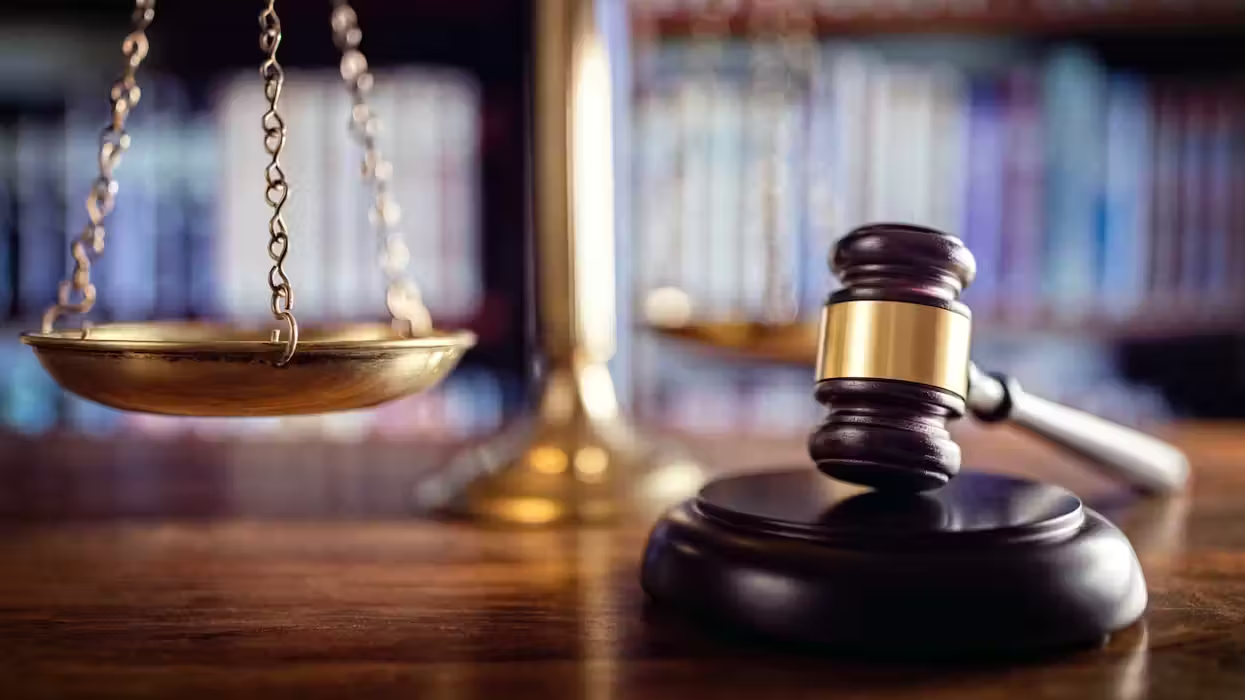
© 2025 Blaze Media LLC. All rights reserved.
Foot on the Necks of Innovation': Drone Business Alleges Curious Case of Gov't Hypocrisy as Feds Try to Stifle Its Work
March 27, 2013
 Hoverfly Technologies "Scripta" UAS. (Photo: Hoverfly Technologies)
Hoverfly Technologies "Scripta" UAS. (Photo: Hoverfly Technologies)
The Federal Aviation Administration has two years before it is expected to release its final regulations that would open the skies further for commercial and private unmanned aerial systems (UAS), popularly referred to as drones. But some companies say current regulations preventing them from flying unmanned systems for business purposes now are not only unclear and inconsistently enforced, but it's stifling innovation and job opportunities.
Although many companies already use drones, albeit quietly, commercially -- be it to photograph real estate, take video for entertainment or survey for insurance purposes -- the issue is coming to a head as some companies are getting their UAS operations shut down. Many are now trying to reach an agreement with the FAA before new regulations come out.
A Minnesota photography and videography company recently made national headlines when the FAA shuttered the sector of its business found to be using UAS. According to the co-owner of Fly Boys Aerial Cinematography Charles Eide it only comprised about 10 percent of their work at the time, but it was exponentially growing in demand and the loss of it equates to hundreds of thousands of dollars in revenue.
"We got ratted out," Eide told TheBlaze, not knowing he was flying outside of FAA regulations at the time. "To me, this is a free enterprise story."
The issue Eide and others in the growing industry see with the current restrictions are how they seem to apply inconsistently to commercial operators versus hobbyists.
"I can't do it for pay but a I can do it for fun," Eide said, explaining how hobbyist UAS operators are not prevented from flying as those in the commercial sector are.
Those flying model aircraft as a hobby are regulated by the FAA to fly no higher than 400 feet, not within three miles of an airport and away from populated areas. Hobbyist devices cannot exceed a takeoff weight of 55 pounds. Eide said he and many others in the industry follow these exact guidelines, but because they accept compensation, their activities are banned by the FAA.
"People doing it for pay are safer than those doing it recreationally," Eide said. "At this point, the FAA is being inconsistent and unfair."
Stacey and Al Ducharme with Hoverfly Technologies, a U.S.-based manufacturer of UASs, said many people who contact them about their systems either don't know about the current regulations governing commercial use of the technology or they consciously choose to fly under the radar, so to speak.
An example highlighting how the industry and the public at large is confused by current laws is highlighted by a recent event involving the Golf Channel and a Hoverfly device.
Al Ducharme told TheBlaze that Hoverfly and the Golf Channel were excited about airing the footage taken with a UAS. Hoverfly did not receive compensation for what was filmed for the Golf Channel, but a picture of one of their UASs on the course went viral around the same time that news of the Fly Boys FAA violations were reported. The Golf Channel pulled the footage within 24 hours.
 (Photo via The Score)
(Photo via The Score)
Stacey Ducharme said this filming was conducted within proper regulations because they were not paid for it. It therefore could be argued this was not done for commercial purposes. But because it was a commercial company flying the craft, which it should be pointed out have a human pilot operating within sight at all time, does this then mean the FAA's restrictions would apply? It's questions like this that many in the industry are raising.
We should note that Hoverfly and many others using this technology commercially don't call their devices drones, because it evokes the idea that the system is going to be used for spying purposes, which they noted several laws that prevent this from happening to the extent many people fear it might as these systems become more widespread. Still, even though many companies would use the UASs for these purposes, the technology holds the potential, which is, in part, the reason the FAA is developing new regulations to govern them.
 The UASs are flown by pilots on the ground with controllers like this. They are not autonomous. (Photo: Hoverfly Technologies)
The UASs are flown by pilots on the ground with controllers like this. They are not autonomous. (Photo: Hoverfly Technologies)
The Ducharmes said they understand that the FAA is developing regulations -- a spokesperson for the FAA Great Lakes region told TheBlaze in an email a proposed rule should be coming out later this year -- but they feel two years is too far away for a final ruling. The Ducharmes, Eide and others like them think there's a need for some sort of guidance to allow for the systems in the mean time.
In order to bring some consistency and increased safety to the industry, Eide, Hoverfly Technologies and others are reaching out to the FAA to try and broker a deal for the commercial industries use of UAS before final regulations are made.
"We're bringing together makers, vendors and end users together to push this issue," Al Ducharme said. "You can't just have the government saying 'no'. This is generating jobs and money. The bottom line is the government is putting its foot on the necks of innovation."
Eide also plans to host a proper use and safety seminar for such equipment.
But is there truly a difference between recreational and commercial use of UAS and/or their design? Some UASs are, admittedly, larger than those allowed for modelers. And the Academy of Model Aeronautics Rich Hanson, the AMA's government and regulatory affairs representative, told TheBlaze there are differences regarding how UASs are used.
The main difference being where operators want to fly. He noted that many AMA members fly at designated ranges because they enjoy the camaraderie, whereas those who want to fly commercially might be using the devices in zones that are currently restricted by the FAA.
Although some of the commercial operators we spoke to would beg to differ, Hanson said "where and how [hobbyists] fly is distinctly different than the commercial group."
Hanson said the AMA has been working with the FAA for years regarding its upcoming ruling on UASs, because it wants to ensure there won't be unintended consequences for the hobbyist operators.
Hanson said though that he has seen a growing interest about the use of these systems for commercial ventures.
"I get calls everyday from a member who wants to know how to use skills they learned as a hobbyist to turn into a commercial business," he said.
He also noted that many are unaware that the FAA's regulations would restrict their ideas for commercial use at this time.
"Most of the general public are unaware of the limitations and prohibitions," Hanson said.
Although Hoverfly and Fly Boys are trying to come up with proposed certification systems and other ways to work with the FAA to institute an allowance to fly the equipment commercially before 2015, as of right now, it's a waiting game.
--
Related:
Want to leave a tip?
We answer to you. Help keep our content free of advertisers and big tech censorship by leaving a tip today.
Want to join the conversation?
Already a subscriber?
more stories
Sign up for the Blaze newsletter
By signing up, you agree to our Privacy Policy and Terms of Use, and agree to receive content that may sometimes include advertisements. You may opt out at any time.
Related Content
© 2025 Blaze Media LLC. All rights reserved.
Get the stories that matter most delivered directly to your inbox.
By signing up, you agree to our Privacy Policy and Terms of Use, and agree to receive content that may sometimes include advertisements. You may opt out at any time.






